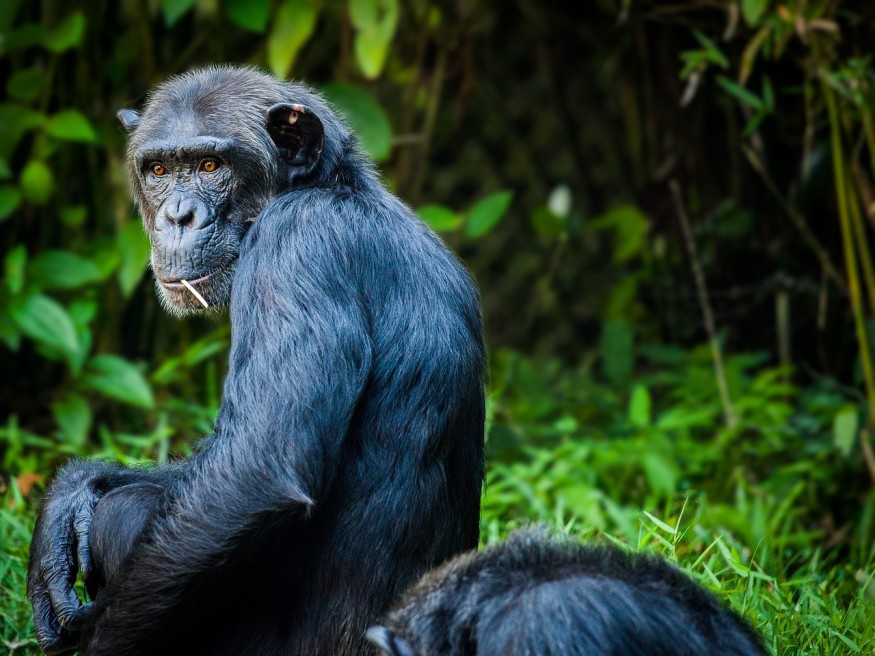
Recent research has uncovered that wild chimpanzees in Uganda's Budongo Central Forest Reserve engage in self-medication by consuming plants with medicinal properties.
The study, conducted by an international team of researchers titled "Pharmacological and behavioral investigation of putative self-medicative plants in Budongo Chimpanzee diets" and published in PLOS ONE, combined behavioral observations of chimpanzees with pharmacological testing of plant extracts to determine the medicinal properties of their diet.
The research team focused on 51 chimpanzees from two communities in Budongo, who were accustomed to human presence. By monitoring their behavior and health, the researchers identified plants that the chimpanzees consumed specifically when they were ill or injured, despite these not being part of their usual diet.
Thirteen species of trees and herbs, including those observed being eaten by sick or injured chimpanzees, were selected for further analysis.
Plant extracts were subjected to pharmacological testing at Neubrandenburg University of Applied Sciences under the guidance of Dr. Fabien Schultz. The results were compelling: 88% of the extracts inhibited bacterial growth, and 33% exhibited anti-inflammatory properties.
One notable discovery was the dead wood from Alstonia boonei, a tree in the Dogbane family, which demonstrated significant antibacterial and anti-inflammatory effects. This tree, used traditionally by East African communities for treating bacterial infections, gastrointestinal issues, snake bites, and asthma, was also consumed by chimpanzees, suggesting its use in treating wounds.
Additionally, bark and resin from the East African mahogany (Khaya anthotheca) and leaves from a fern (Christella parasitica) showed strong anti-inflammatory properties. Observations included a male chimpanzee with an injured hand consuming fern leaves, possibly to alleviate pain and swelling.
Similarly, bark from the cat-thorn tree (Scutia myrtina), which the chimpanzees were not previously known to eat, was consumed by an individual with a parasitic infection. This bark also demonstrated anti-inflammatory and antimicrobial effects.
The findings provide robust evidence that chimpanzees seek out specific plants for their medicinal benefits, the most thorough analysis to date combining behavioral and pharmacological evidence of the health advantages of certain plants.
Dr. Elodie Freymann, the lead author from the University of Oxford's School of Anthropology & Museum Ethnography, pointed out the detective-like approach required to gather multidisciplinary evidence. Months of field observations led to identifying plant species which pharmacological analysis confirmed as having high bioactivity.
"To study wild chimpanzee self-medication you have to act like a detective - gathering multidisciplinary evidence to piece together a case. After spending months in the field collecting behavioral clues that led us to specific plant species, it was thrilling to analyze the pharmacological results and discover that many of these plants exhibited high levels of bioactivity," Freymann said in a news release.
With antibiotic-resistant bacteria and chronic inflammatory diseases presenting growing global health challenges, the medicinal plants in Budongo Central Forest Reserve hold promise for developing new drugs. Dr. Freymann emphasized the importance of preserving these "forest pharmacies" for future generations, underlining the medicinal knowledge that can be gleaned from studying other species in the wild.
"Our study highlights the medicinal knowledge that can be gained from observing other species in the wild and underscores the urgent need to preserve these forest pharmacies for future generations," Freymann said.
